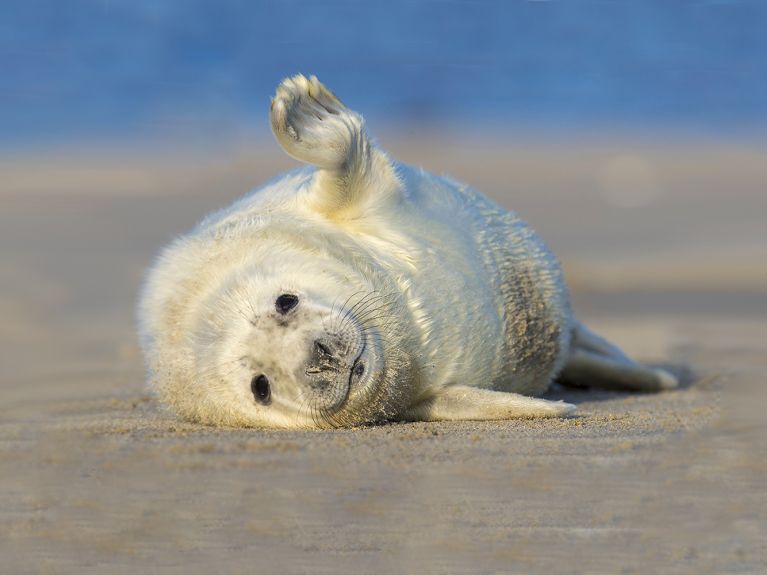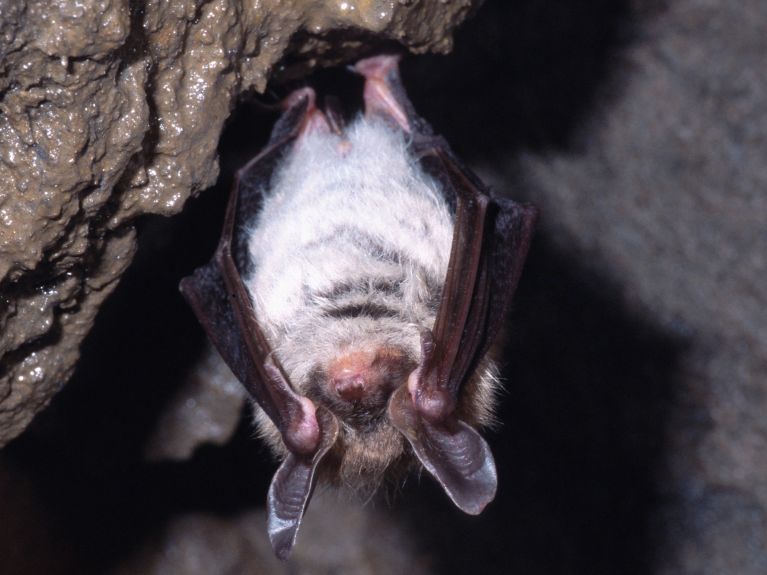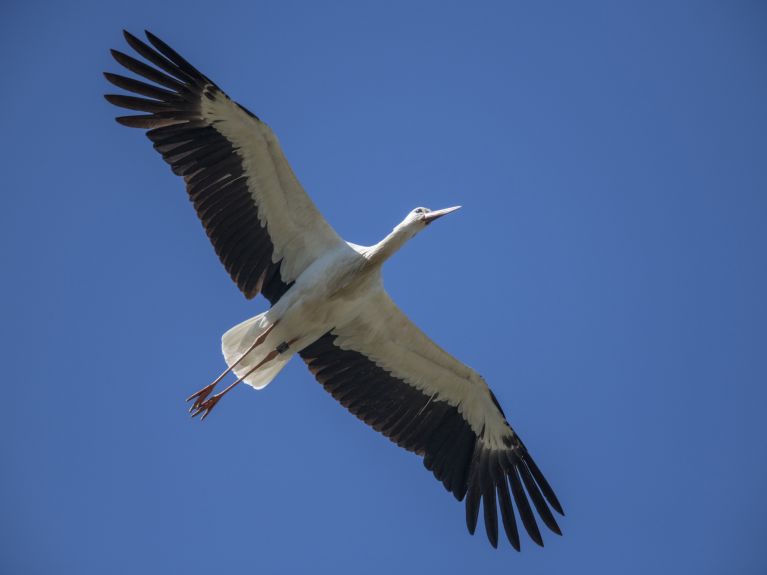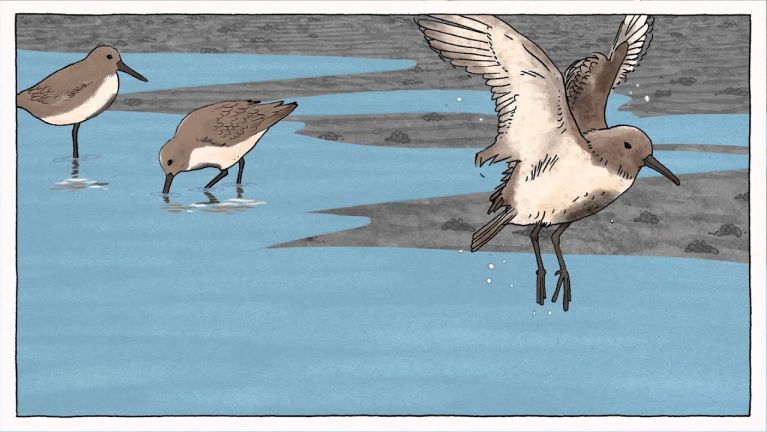Protecting species together
Seals, bats and migratory birds: three examples show how Germany works with its European partners to protect animals.

Wadden Sea World Heritage Site: neighbourhood support for grey seals
The grey seal knows no borders: whether it dives for fish off the Danish, German or Dutch coast is all the same to the largest predator in the southern North Sea. But the grey seal benefits from the fact that the three countries work well together in nature conservation: they have been cooperating since 1978 to protect the Wadden Sea as an ecological unit. In 2009, the Danish-German-Dutch Wadden Sea was added to the list of the UNESCO World Natural Heritage. In mid-2019, experts from the three countries found that the grey seal population in the Wadden Sea has grown steadily in the past decades.
Dieses YouTube-Video kann in einem neuen Tab abgespielt werden
YouTube öffnenThird party content
We use YouTube to embed content that may collect data about your activity. Please review the details and accept the service to see this content.
Open consent formEUROBATS: European protection for bats
On the suspicion that they could be carriers of the coronavirus, bats have recently fallen into disrepute. But this doesn’t apply to European species. On the contrary, it is clear that they are among the best indicators for experts of a healthy environment: where bat populations develop well, the ecosystem is intact and stable. Bats feed on insects and keep their distribution in ecological balance, which, for example, protects trees from pests. In 1993 Germany was one of the first countries to join EUROBATS, the agreement for the conservation of European bat populations. The EUROBATS administration is located on the UN Campus in Bonn. Thirty-seven member states, ranging from Norway to Israel, from Portugal to Georgia, are currently working together to protect flying mammals.

Bonn Convention: cooperation to protect migratory birds
They have to survive dangerous journeys: most migratory birds, such as terns and storks, even manage to fly thousands of kilometres from their summer habitats to their wintering areas in Africa. The dangers range from hunting to unsecured power lines. In 1983 the Bonn Convention for the Protection of Migratory Species, of which migratory birds form the largest group, came into force with Germany’s support. In the meantime, 131 countries and the European Union have joined the convention. Numerous agreements, some of which are binding under international law, have made the journeys of migratory birds a little bit safer.

Dieses YouTube-Video kann in einem neuen Tab abgespielt werden
YouTube öffnenThird party content
We use YouTube to embed content that may collect data about your activity. Please review the details and accept the service to see this content.
Open consent formYou would like to receive regular information about Germany? Subscribe here:




